Type Settlement Abandoned 582 | Founded Before 4th century BC Condition In ruins | |
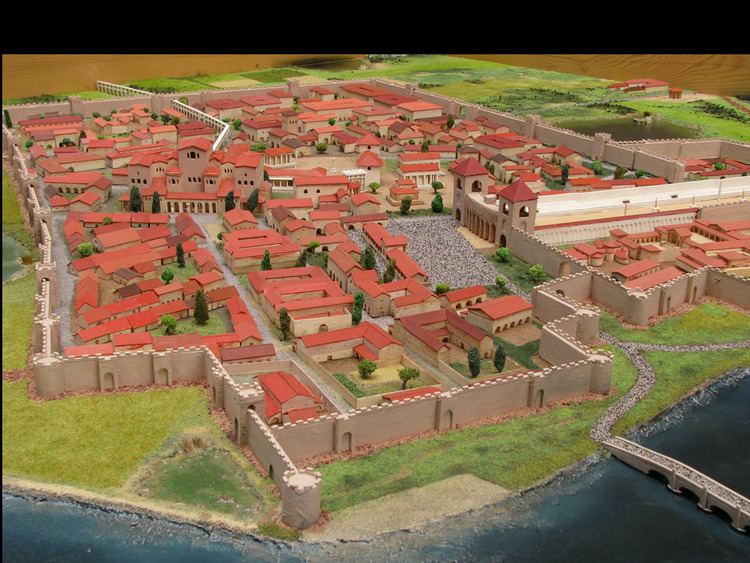 | ||
Weather 12°C, Wind SE at 5 km/h, 79% Humidity | ||
Sirmium was a city in the Roman province of Pannonia. First mentioned in the 4th century BC and originally inhabited by Illyrians and Celts, it was conquered by the Romans in the 1st century BC and subsequently became the capital of the Roman province of Pannonia Inferior. In 294 AD, Sirmium was proclaimed one of four capitals of the Roman Empire. It was also the capital of the Praetorian prefecture of Illyricum and of Pannonia Secunda. Sirmium was located on the Sava river, on the site of modern Sremska Mitrovica in northern Serbia. ¨The site is protected as an Archaeological Site of Exceptional Importance. The modern region of Syrmia (Srem) was named after the city.
Contents
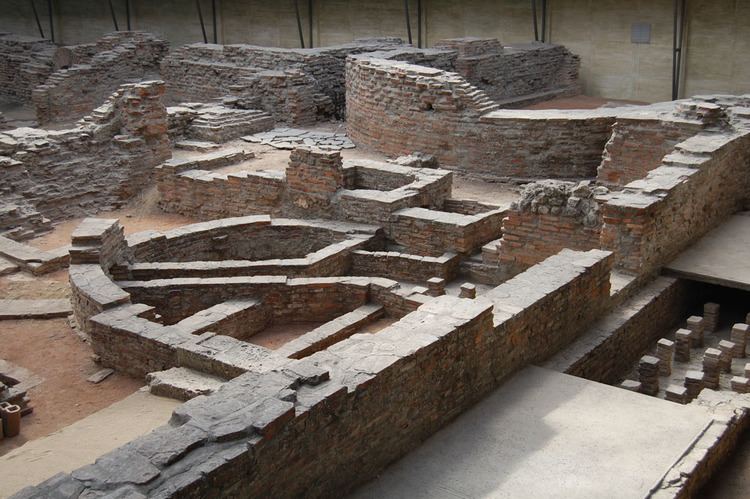
Sirmium had 100,000 inhabitants and was one of the biggest cities of its time. Colin McEvedy, however, put the population at only 7,000, based on the size of the archaeological site. Ammianus Marcellinus called it "the glorious mother of cities".

History
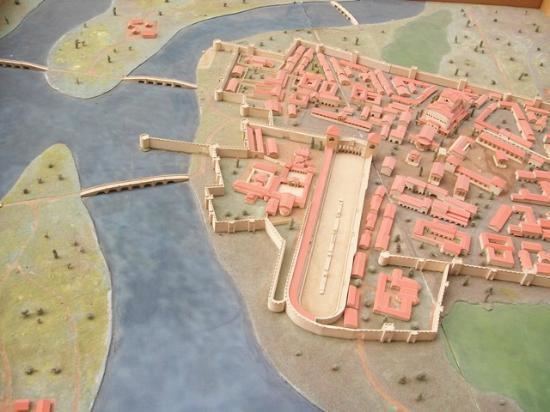
Remains of Sirmium stand on the site of the modern-day Sremska Mitrovica, 55 km west of Belgrade (Roman Singidunum) and 145 km away from Kostolac (Roman Viminacium). Archaeologists have found traces of organized human life on the site of Sirmium dating from 5,000 BC. The city was firstly mentioned in the 4th century BC and was originally inhabited by the Illyrians and Celts (by the Pannonian-Illyrian Amantini and the Celtic Scordisci). The Triballi king Syrmus was later considered the eponymous founder of Sirmium, but the roots are different, and the two words only became conflated later. The name Sirmium by itself means "flow, flowing water, wetland", referring to its close river position on the nearby Sava.
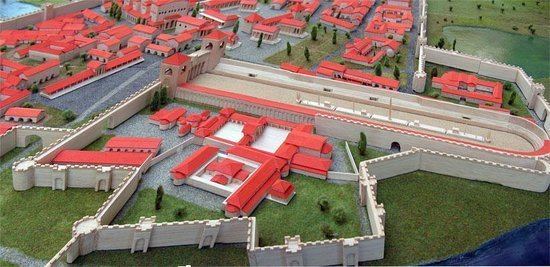
With the Celtic tribe of Scordisci as allies, the Roman proconsul Marcus Vinicius took Sirmium in around 14 BC. In the 1st century AD, Sirmium gained the status of a Roman colony, and became an imporant military and strategic center of the Pannonia province. The Roman emperors Trajan, Marcus Aurelius, and Claudius II prepared war expeditions in Sirmium.

In 103 Pannonia was split into two provinces: Pannonia Superior and Pannonia Inferior, and Sirmium became the capital city of the latter.

In 296 Diocletian reorganized Pannonia into four provinces: Pannonia Prima, Pannonia Valeria, Pannonia Savia and Pannonia Secunda, and Sirmium became the capital of Pannonia Secunda. He joined them with Noricum and Dalmatia to establish the Diocese of Pannonia, with Sirmium as its capital also.

In 293, with the establishment of the Tetrarchy, the Roman Empire was split into four parts; Sirmium emerged as one of the four capital cities (along with Trier, Mediolanum, and Nicomedia), and was the capital of emperor Galerius. With the establishment of Praetorian prefectures in 318, the capital of the prefecture of Illyricum was Sirmium, remaining so until 379, when the westernmost Diocese of Illyricum, Pannonia (including Sirmium), was detached and joined to the prefecture of Italia assuming the name of Diocese of Illyricum. The eastern part of Illyricum remained a separate prefecture under the East Roman (Byzantine) Empire with its new capital in Thessalonica.
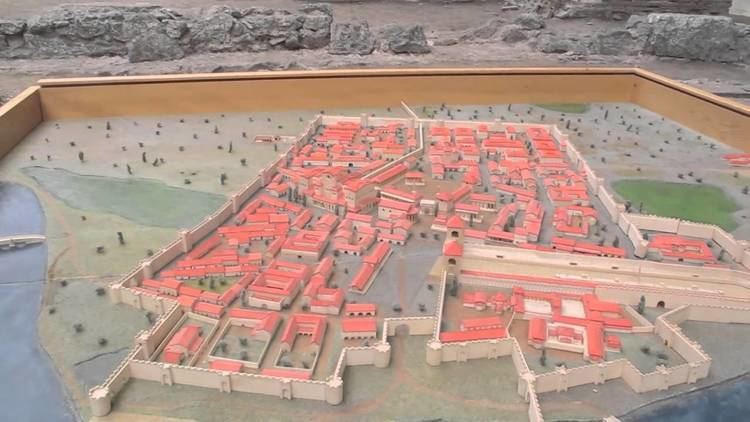
From the 4th century, the city was an important Christian center, and the seat of the Bishop of Sirmium. Five church councils, the Councils of Sirmium, took place in Sirmium. The city also had an imperial palace, a horse-racing arena, a mint, an arena theatre, and a theatre, as well as many workshops, public baths, temples, public palaces and luxury villas. Ancient historian Ammianus Marcellinus called it "the glorious mother of cities".
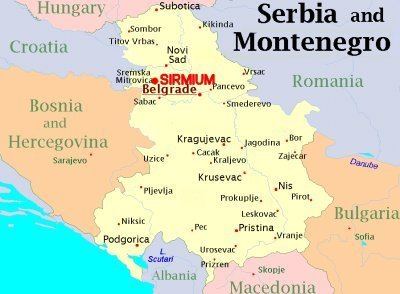
The mint in Sirmium was connected with the mint in Salona and silver mines in the Dinaric Alps through the Via Argentaria.
At the end of the 4th century Sirmium came under the sway of the Goths, and later, was again annexed to the East Roman Empire. In 441 the Huns conquered Sirmium; it remained for more than a century in the hands of various other tribes, such as Eastern Goths and Gepids. For a short time, Sirmium was the centre of the Gepids and king Cunimund minted gold coins there. After 567, Sirmium was returned to the East Roman Empire. The Pannonian Avars conquered and destroyed the city in 582.
Roman emperors
Ten Roman emperors were born in this city or in its surroundings: Herennius Etruscus (251), Hostilian (251), Decius (249–51), Claudius II (268-270), Quintillus (270), Aurelian (270–75), Probus (276–82), Maximian (285–310), Constantius II (337–61), and Gratian (367–83).
The last emperor of the united Roman Empire, Theodosius I (378–95), became emperor in Sirmium. The usurpers Ingenuus and Regalianus also declared themselves emperors in this city (in 260) and many other Roman emperors spent some time in Sirmium including Marcus Aurelius who might have written parts of his famous work Meditations in the city. Sirmium was, most likely, the site of the death of Marcus Aurelius, of smallpox, in March of 180 CE.
